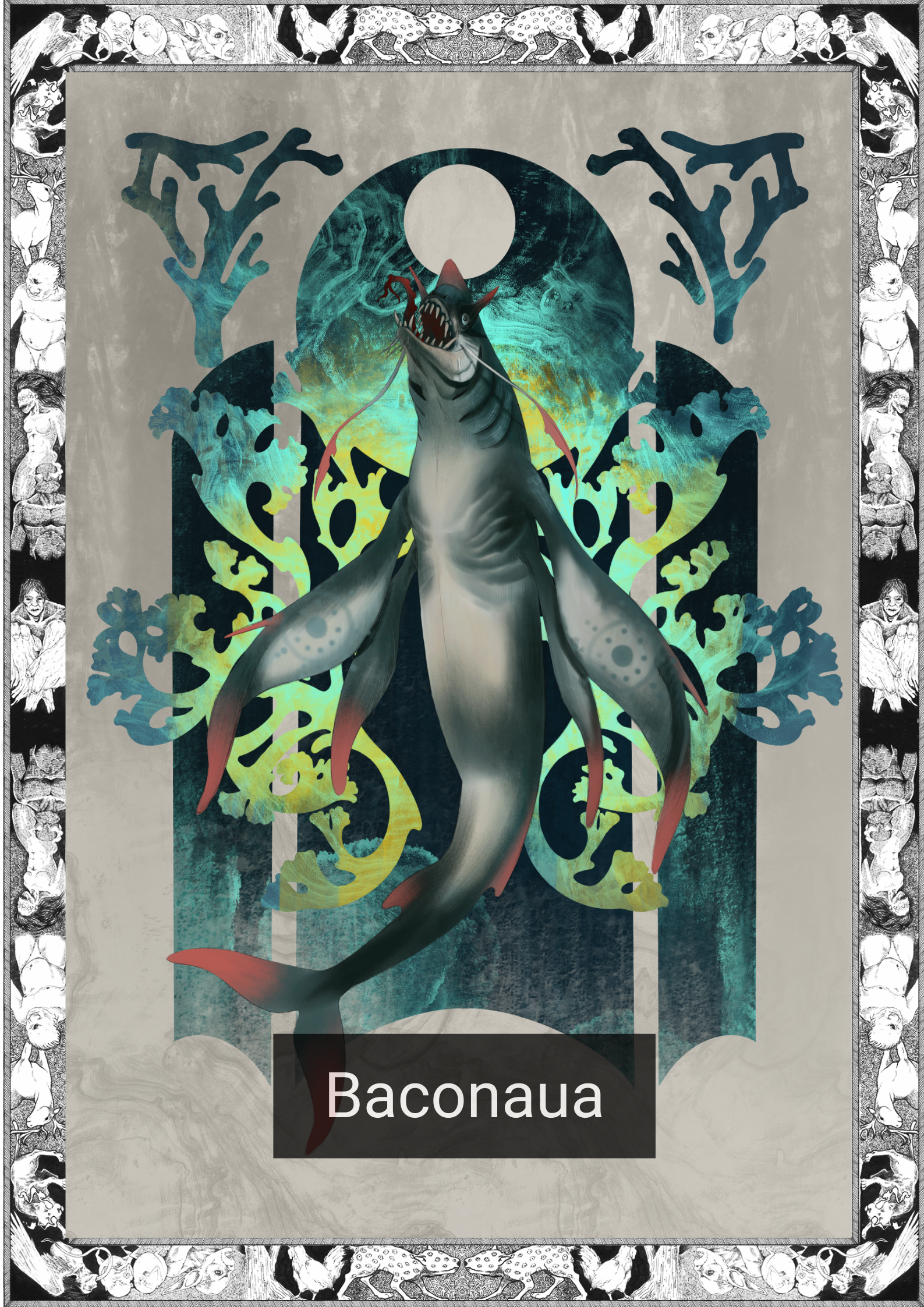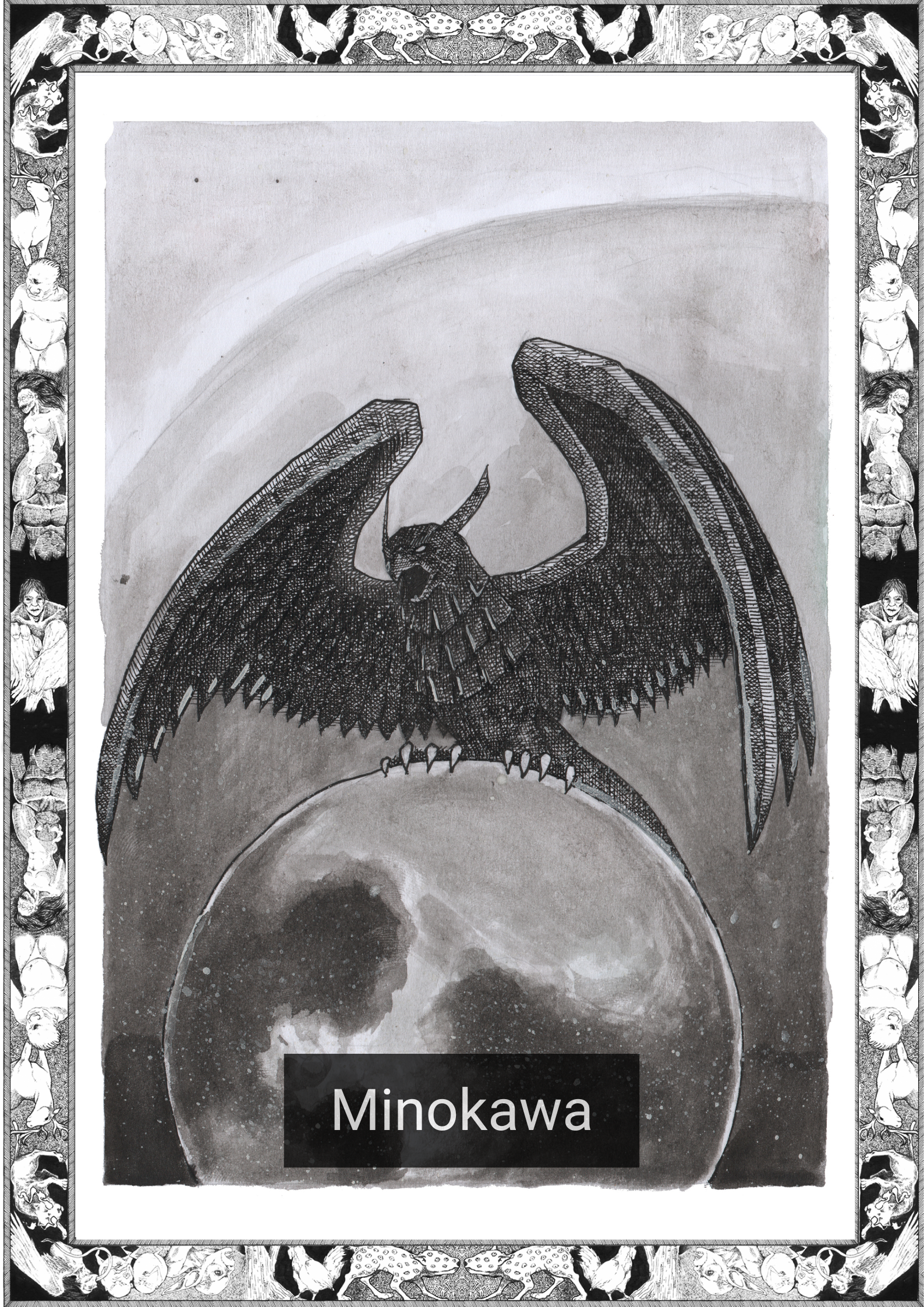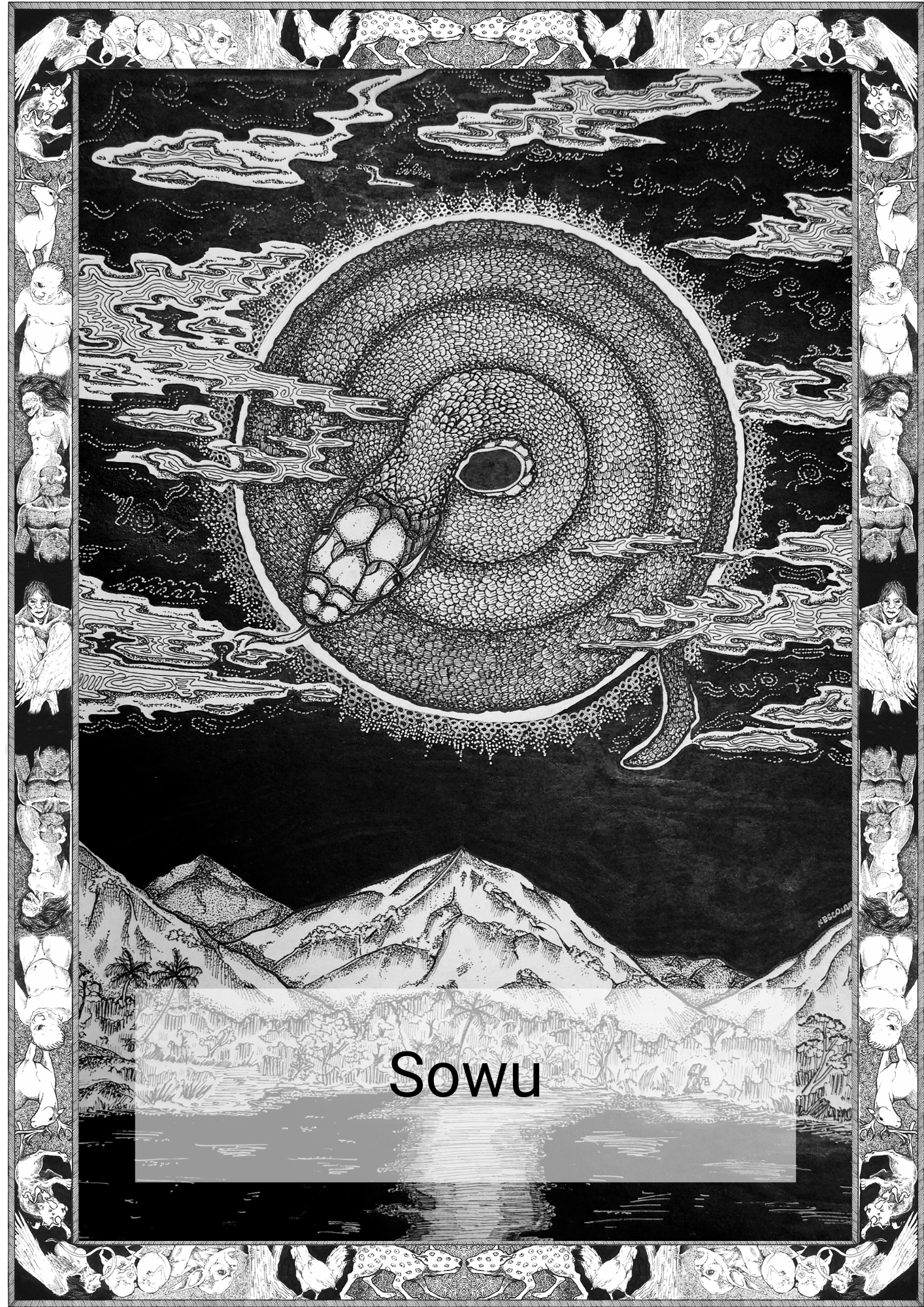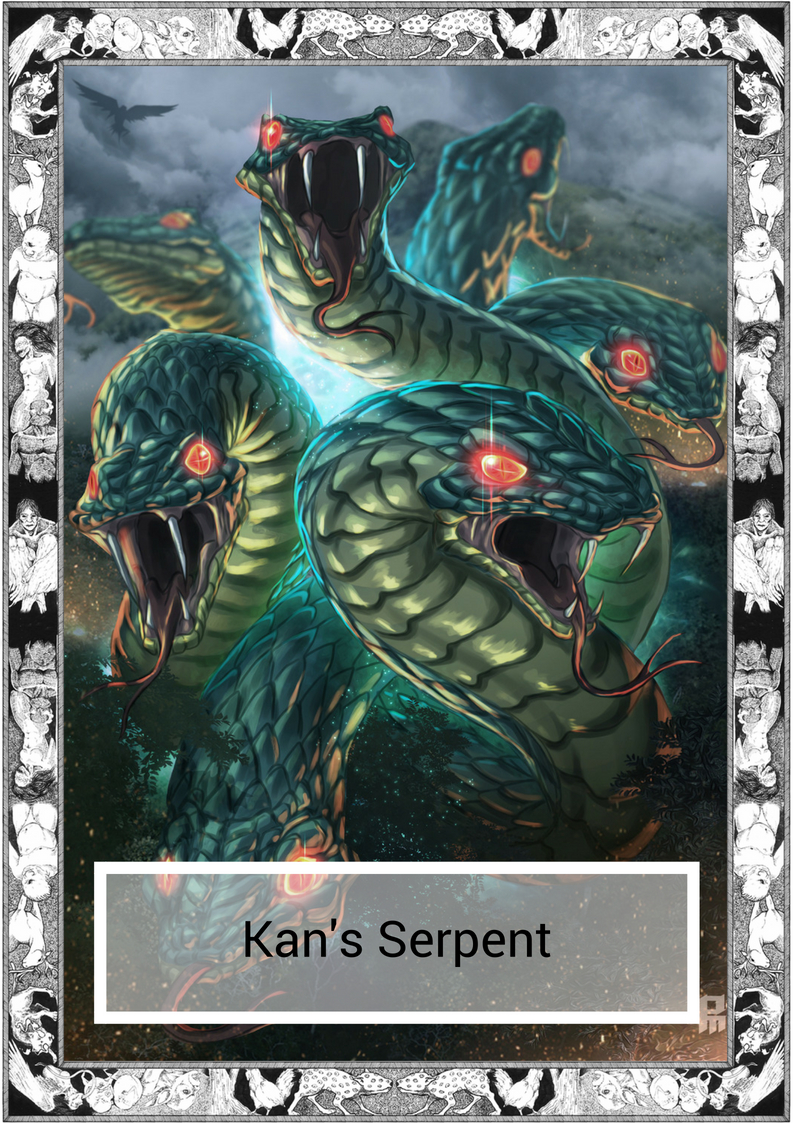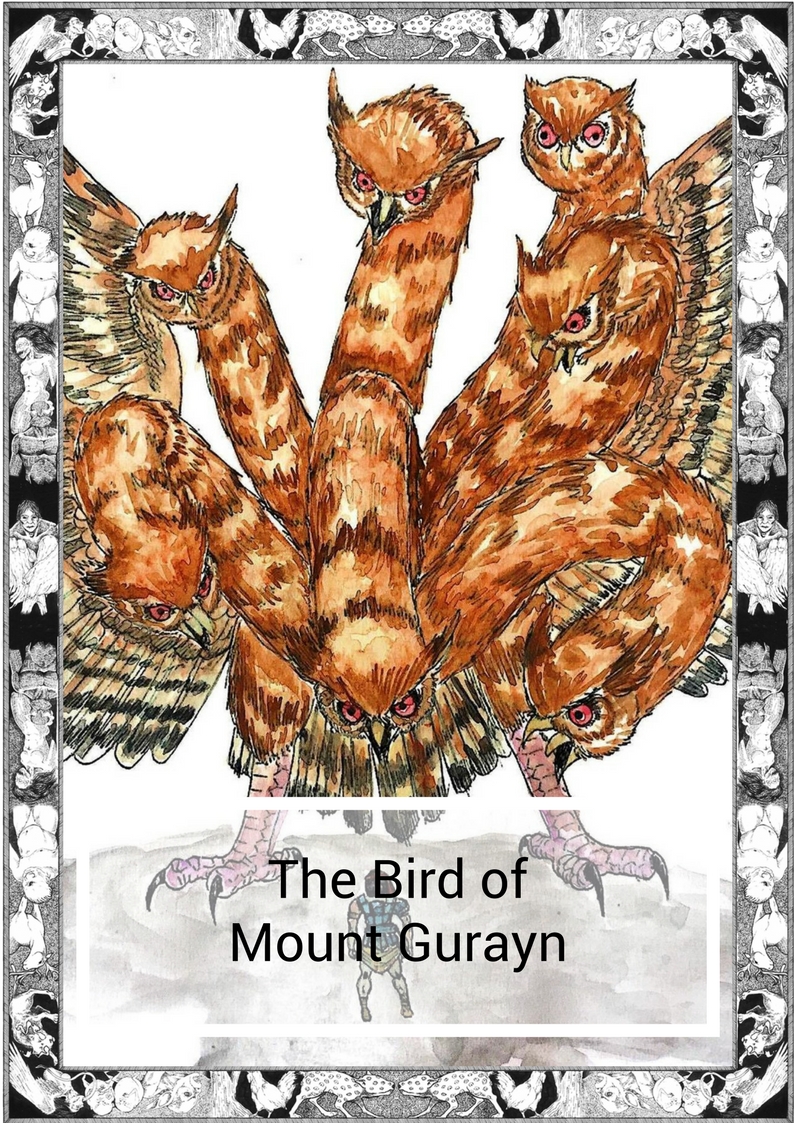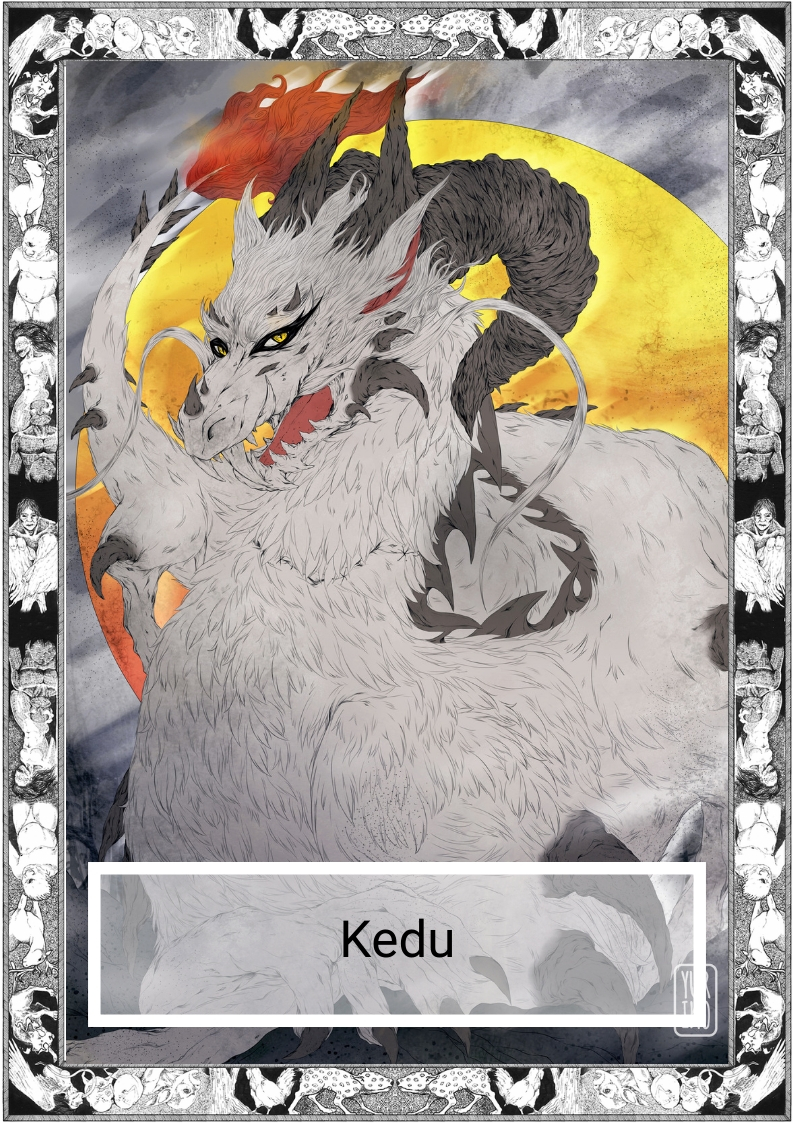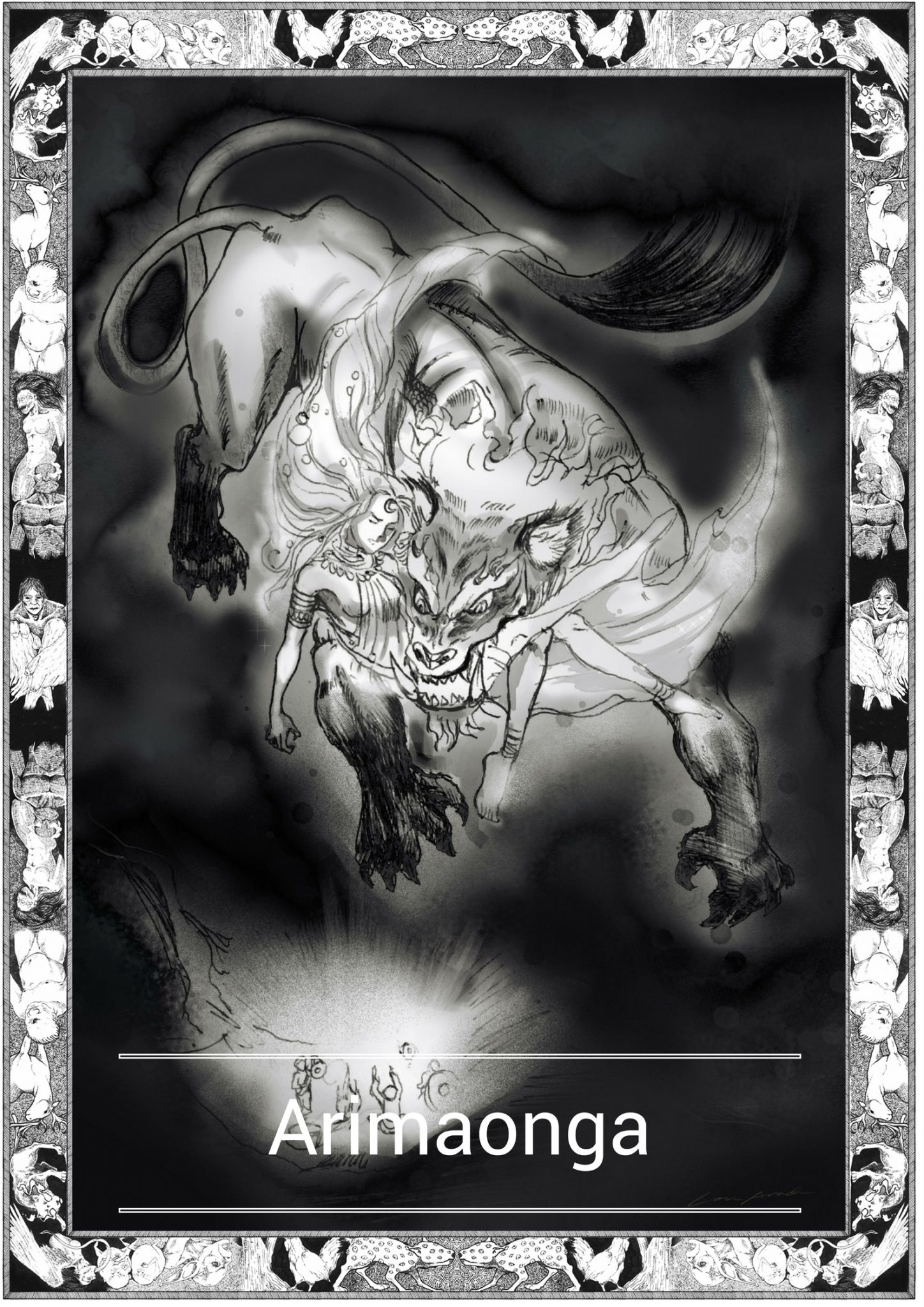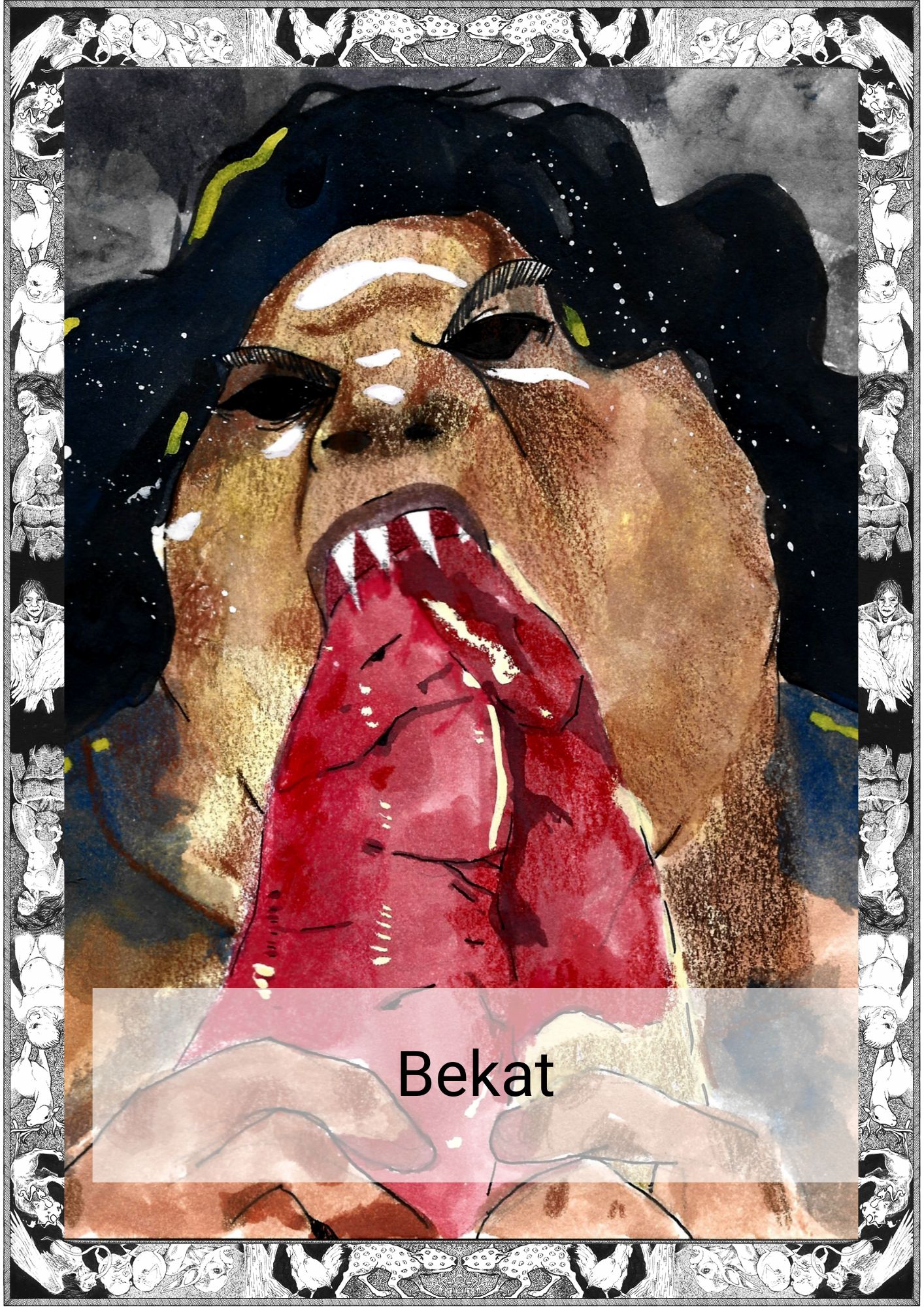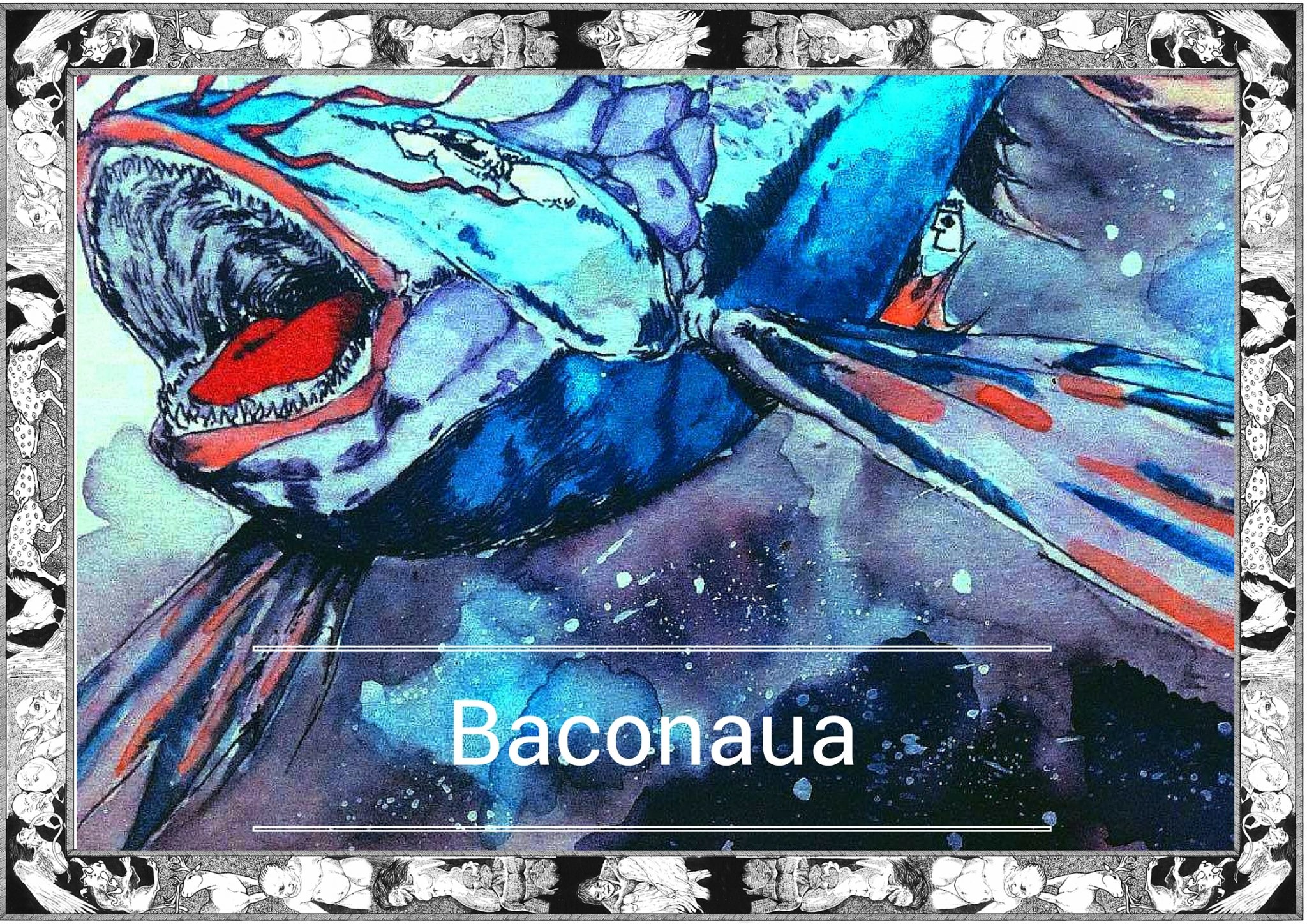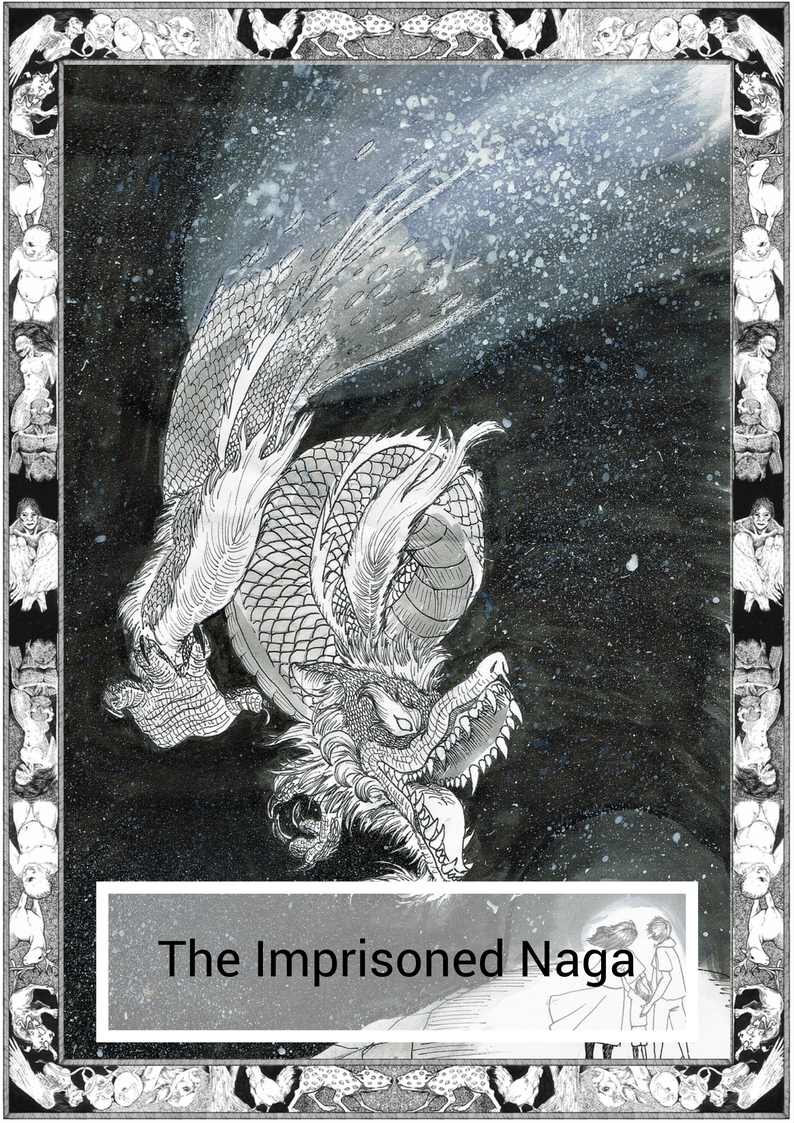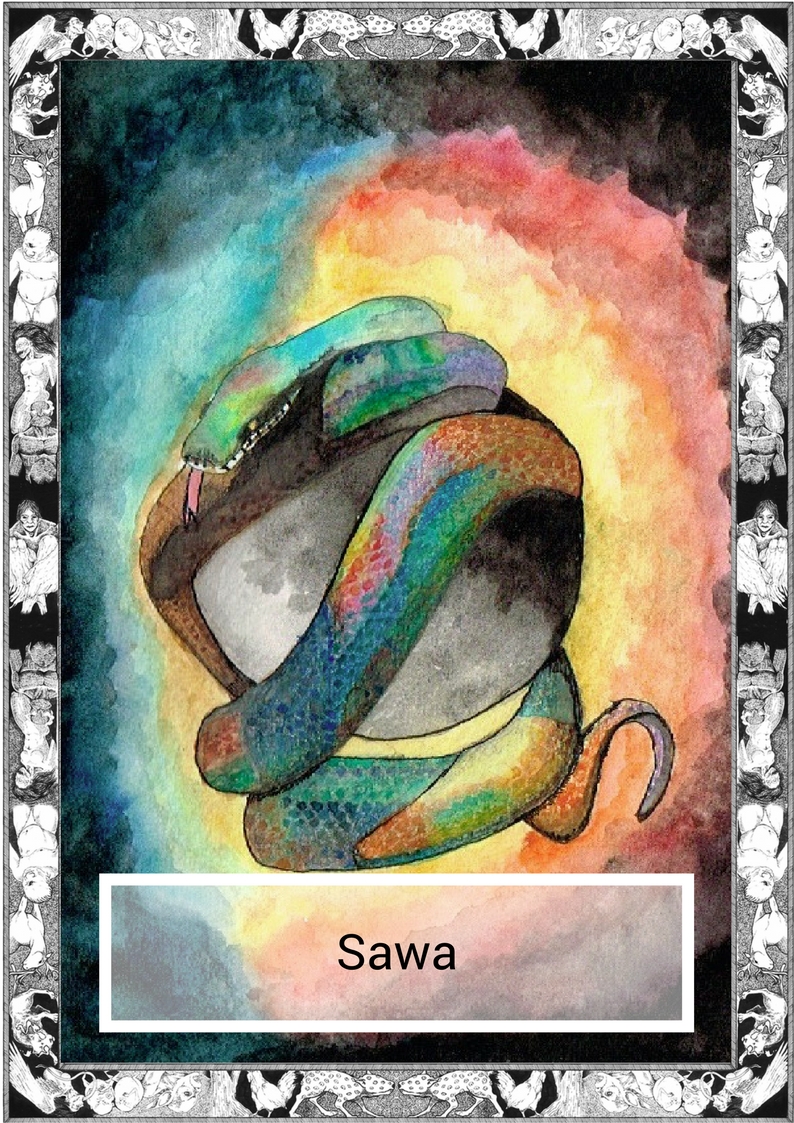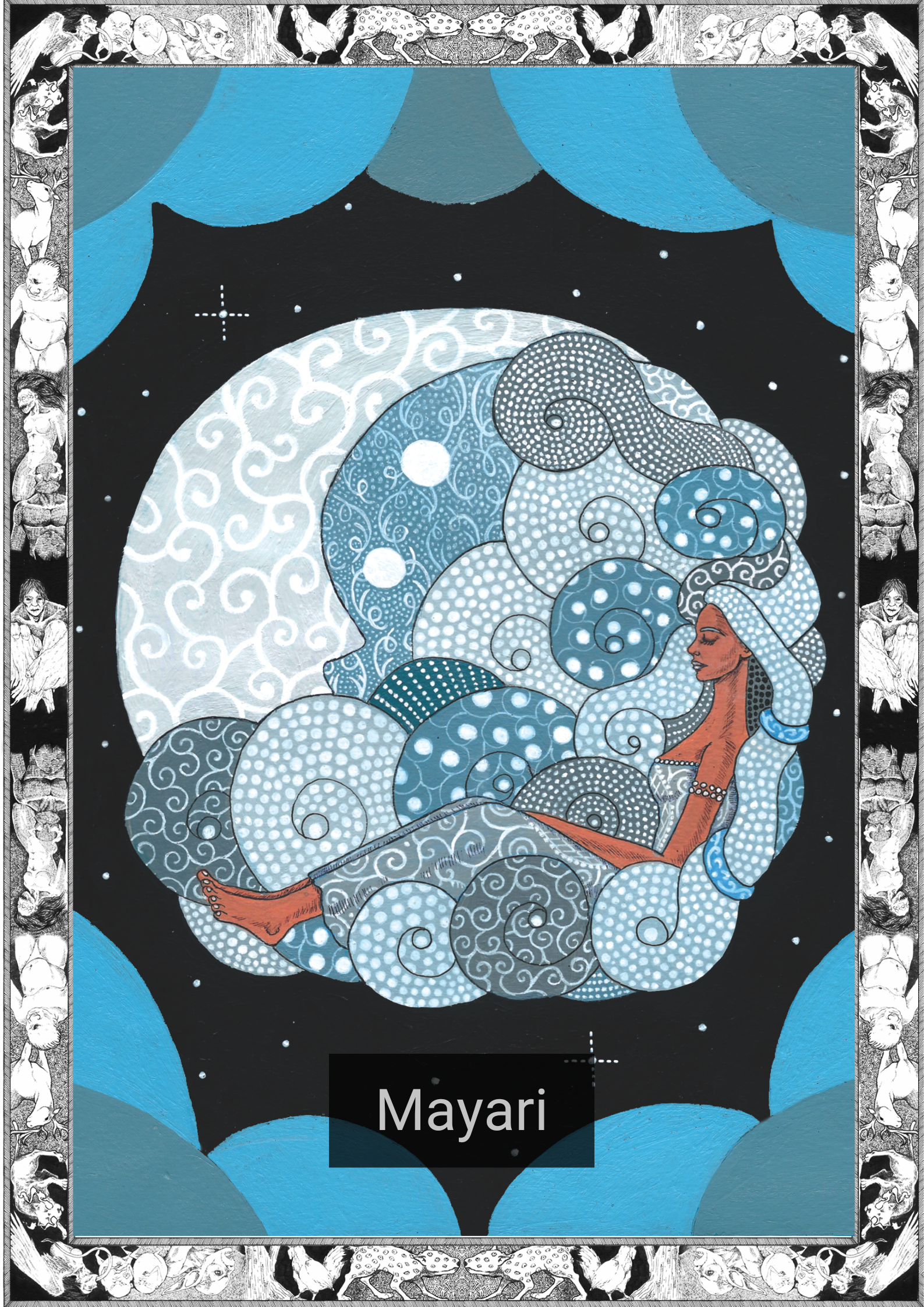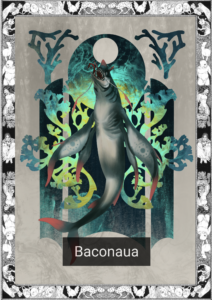
*Note this story is in Pangasinan
Diad kaaralman et manaalagar itan.
Aliwan amin so makaamta ed istorya to, anggaman nayarin amta itan na arum.
Saray manag-aka’y bulan .
Saray ayep ed tawen.
Say leon. Say alakdan. Say alama. Say higante. Say manok. Say uleg.
Say dragon.
Dadalanan dan amin so pating, ipepelag da ya ed kaaralman na dayat ya tatawagin ton abung.
Wala kasi’y istoryan naibaga?
Odino wala la itan ed gapo?
Nayarin say eras so mamapakiwas ed sayan ayep, a singa say alakdan. Anto ni so arum a naakan na pating noag say petang na onlelereg a bulán ?
Nayarin para met itan ed galaw a singa say leon. Say bulán et sakey a balbaleg a globo a makapatenyeg ed imano na ayep, a mamapalikdo ed sikato. Anto ni ray arum ya elementon makapabilib ed pating?
Nayarin pasnok itan, a singa say alama. Kasin say pating anak na agew tan bulán ? Kasin mankabaliksan itan na panamales ed tawir na atateng ya agton balot akabat?
Ompan sikatoy ombawi, a singa samay higante. Kasin say pating datin sakey ya mortal? Naala to kasi so pasnok na saray dios? Anto so agawa to a sengegan na inkapelag to ed madanum a kaaralman?
Nayarin kabilungetan itan, a singa say manok. No asumpal la na pating so kimey to tan say mundo so nalner la, anto so ontumbok a kanen to?
Nayarin kabiangan itan na kalikasan, a singa say uleg. Diad kagagawa na mundo na palsa, kasin kabiangan itan na sikulo?
Insan wala met so istorya nipaakar ed dragon.
Amta na kada pinalsa so istorya to.
Say pitoran bulán . Say dios a si Bathala.
Say maagum a dragon.
Say pating manaalagar, anggad saray arum natumba la, ed saray boses na katooan.
Wala so sakey ya istorya a panisiaan kon tua.
Saray pinalsa ed tawen, a tatawagen a manag-aka’y bulan, amin kabiangan na mundo. Balang sakey et walaan na mismon rason no akin irelen toy bulán , odino saray bulán pian magmaliw a mas susto.
Tan ditan so panaayaman na pating.
Say sankakapuyan ed grupo et ag-akaerel na orbita ed pegley-labi.
Lamet.
Lamet.
Tan lamet.
Amta to so impakatalo tan agto la salien lamet, anggad amta to a sikatoy matalongaring a mangala ed premyo to.
Diad ayaman to ed kaaralem na dayat, sikatoy manseseet. Amta to a sikatoy agbalot magmaliw a mabiskeg a singa saray arum, aliwan masibeg, aliwan narasan a kapara da.
Say pambubusol to so ombabaleg, aliwan sumpad arum a pinalsa, noagta kontra ed gawa to’n díli .
Akin a niletneg itan ed sayan dalin pian magmaliw labat a unor a pasen?
Iyaamot na danum iray lua to.
Tan manalagar itan.
Anggad sayan labi.
=————————————-=
English Version
In the depths it waits.
Not many know its story, though others may know of its kind.
The moon-eaters.
The celestial beasts.
The lion. The scorpion. The crab. The giant. The bird. The snake.
The dragon.
They all pass over the shark, relegating it to the depths it calls home.
Is there a tale to tell?
Or has it always been there?
It may be hunger that drives the beast, like the scorpion. What other prey will the shark have if not the warmth of the waning moon?
It may also be for play, like the lion. The moon is a giant orb that catches the beast’s attention, captivating it. What other element could enthrall the shark?
It may be anger, like the crab. Is the shark the offspring of the sun and moon. Does it mean retribution against the inheritance from the parents it never knew?
It may be revenge, like the giant. Was the shark ever a mortal being? Did it incur the wrath of the gods? What happened to it that relegated it to the watery abyss?
It may be darkness, like the bird. When the shark completes its task and the world is plunged into shadow, what will it eat next?
It may be a part of nature, like the snake. In the machinations of the natural world, is it part of the cycle?
Then there is the tale of the dragon.
Every being knows its story.
The 7 moons. The god Bathala.
The greedy dragon.
The shark lies in wait, until the others have fallen, to the sounds of humanity.
There is one tale which I believe to be true.
The celestial beings, called the moon eaters, are all part of the world. Each having their own reason to capture the moon, or moons to be more precise.
And it was there that the shark resided.
The weakest of the pack, it failed to capture the midnight orb.
Again.
Again.
And again.
It had known failure and would not try again, not until it knew it could successfully take its prize.
In its home in the deep it connives. It knows it will never be as strong as the others, not as angry, not as hungry.
Its hatred multiplies, not against the other beings, but against itself.
Why was it put on this earth if only to be last place?
The water hides its tears.
And it waits.
Until the night.
=——————————————————=
*Pangasinan (Salitan Pangasinan) – sometimes called Pangasinense is one of the major languages of the Philippines. It is the language spoken in the province of Pangasinan, on the west-central seaboard of the island of Luzon along the Lingayen Gulf, the northern portion of Tarlac and southwestern La Union, most of whom belong to the Pangasinan ethnic group. Pangasinan is also understood in some municipalities in Benguet, Nueva Ecija, Nueva Vizcaya, and by the Aeta or Aeta of Zambales.
Written by Karl Gaverza
Translation by Carlo Rivera
Copyright © Karl Gaverza
Translation Copyright ©Carlo Rivera
Edited by Lennox Martinez Licuanan
Story inspired by Baconaua entry in Creatures of Philippine Lower Mythology. Ramos. 1971.
Baconaua Illustration by Benedict Jose Villarante
Instagram: @bentoillus
Twitter: @bentoillus
Facebook Page: Bento Illustrations (Bento Illustrations)
